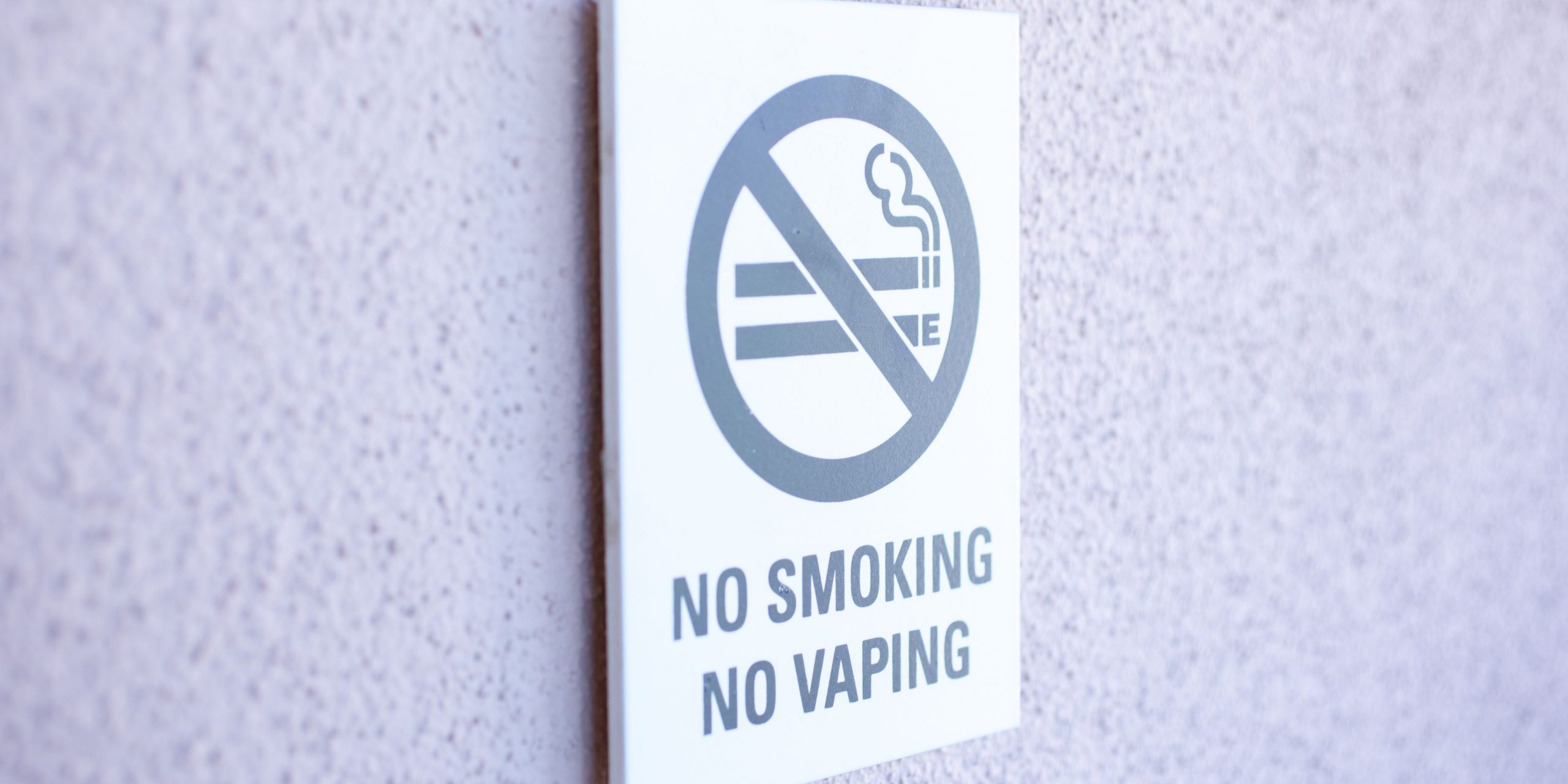Today’s students have swapped sneaking off-campus for cigarettes with discreet vaping right in the classroom. This new trend poses a significant health and safety risk to all students. The small size of electronic cigarettes (e-cigarettes) and their inhalable vapor make them hard for teachers to notice. They come in appealing flavors like cotton candy and mango, attracting young people, with 800,000 trying them for the first time in 2022 alone.
Students easily hide their vaping habits due to the vapor’s lack of smell. They take quick puffs between classes, in bathrooms, or even while seated. The vapor’s quick dissipation and subtle release methods help them avoid detection in classrooms, hallways, and locker rooms.
Classroom Distractions and Academic Consequences
Vaping distracts students from learning, hurting their academic performance. Research shows that e-cigarette use links to missed assignments, class skipping, and lower GPAs. This issue affects both individuals and the overall school environment.
Challenges Faced by Teachers in Vape Prevention
Teachers face many hurdles in combating the vaping epidemic. These include:
- Detection Challenges: The discreet nature of vaping and its lack of smell make it difficult to spot.
- Resource Limitations: A lack of technology and staff hinders effective policy enforcement and student monitoring.
- Trust Erosion: Strict enforcement roles can damage the trust between students and educators, contributing to a negative school culture.
- Prioritization Issues: Not all schools place enough emphasis on vaping prevention, leaving teachers unsupported.
- Parental Engagement Challenges: It’s hard to get parents involved in addressing teen vaping, which affects the enforcement of preventive measures.
A comprehensive strategy involving improved policies, more resources, and better collaboration between schools, parents, and students is essential.
Cultivating a Positive School Culture Amid Vaping Challenges
The task of managing vaping incidents often falls on teachers, leading to trust issues and a negative school atmosphere. Addressing this requires a broad approach to restoring a positive learning environment.
The Public Health and Safety Ramifications of Youth Vaping
Youth vaping risks brain development, lung health, and leads to nicotine addiction. The lack of effective policies allows the vaping epidemic to spread, raising public health and safety concerns, especially in schools.
Strategies for Schools to Address the Vaping Epidemic
Schools need clear policies, better monitoring, staff education, parental involvement, and strict enforcement to fight the vaping epidemic. Supporting students facing underlying issues and gathering data on vaping incidents are also crucial.
Enhancing Vape Prevention with Environmental Monitoring
Maxxess Systems eFusion’s environmental sensors play a key role in detecting vape events, helping schools customize prevention strategies and secure the learning environment.
- Vape Event Detection: Sensors identify vape events, enabling quick response.
- Real-time Alerts: The system sends immediate alerts, allowing for fast action.
- Data Collection: Collecting data on vaping helps schools refine their strategies.
Building a Safer Learning Environment with Comprehensive Security
Maxxess Systems eFusion offers a security solution including cameras, access control, and video management software to proactively tackle vaping. This integrated approach ensures a safe and conducive learning environment.
- Integrated Security: A cohesive strategy enhances vaping prevention.
- Access Control: Strict access measures increase security.
- Video Management: Software offers insights for proactive vaping measures.
- Tailored Security: Maxxess Systems eFusion allows schools to customize their security, ensuring effective vaping prevention.

